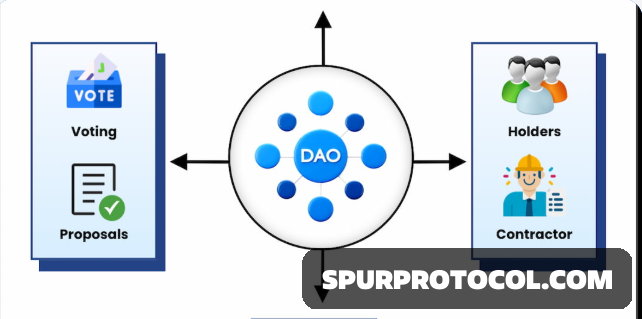How Are DAO Proposals Submitted And Voted On?
In DAO ecosystems, proposals are the main way members initiate and decide on changes or actions. Here's how DAO proposals are typically submitted and voted on
Go Back

🕒 8:46 PM
📅 Jul 22, 2025
✍️ By prejworld
📝 1. Proposal Submission Process
Step 1: Idea Discussion (Optional but Common)
Many DAOs start with informal discussion on forums (like Discourse), Discord, or Telegram.
The goal is to gather feedback and gauge community interest before submitting a formal proposal.
Step 2: Drafting the Proposal
The proposer writes a detailed plan including:
Objective (What is being proposed)
Rationale (Why it's important)
Execution plan (How it will be implemented)
Requested resources (e.g., funding, dev support)
Timeline and deliverables
Step 3: Formal Proposal Submission
Submitted to a governance platform like:
Snapshot (off-chain voting, gasless)
Tally, Aragon, DAOhaus, or Governor Bravo (on-chain)
Some DAOs require a minimum number of tokens to submit a proposal (to avoid spam).
🗳️ 2. Voting on the Proposal
Step 1: Voting Opens
The proposal enters a voting period (usually 3–7 days).
Token holders (or delegated representatives) can now vote.
Step 2: Voting Methods
Common voting mechanisms:
1 token = 1 vote (default but favors whales)
Quadratic voting (limits whale dominance)
Conviction voting (vote power grows over time with support)
Ranked or weighted voting (for multiple options)
Step 3: Quorum Requirements
Some DAOs require a minimum number of participants or votes (quorum) for a proposal to pass.
Step 4: Proposal Outcome
If the majority votes “yes” and quorum is met, the proposal passes.
Depending on the platform:
Off-chain voting may require manual execution.
On-chain voting often triggers automatic execution (via smart contracts).
